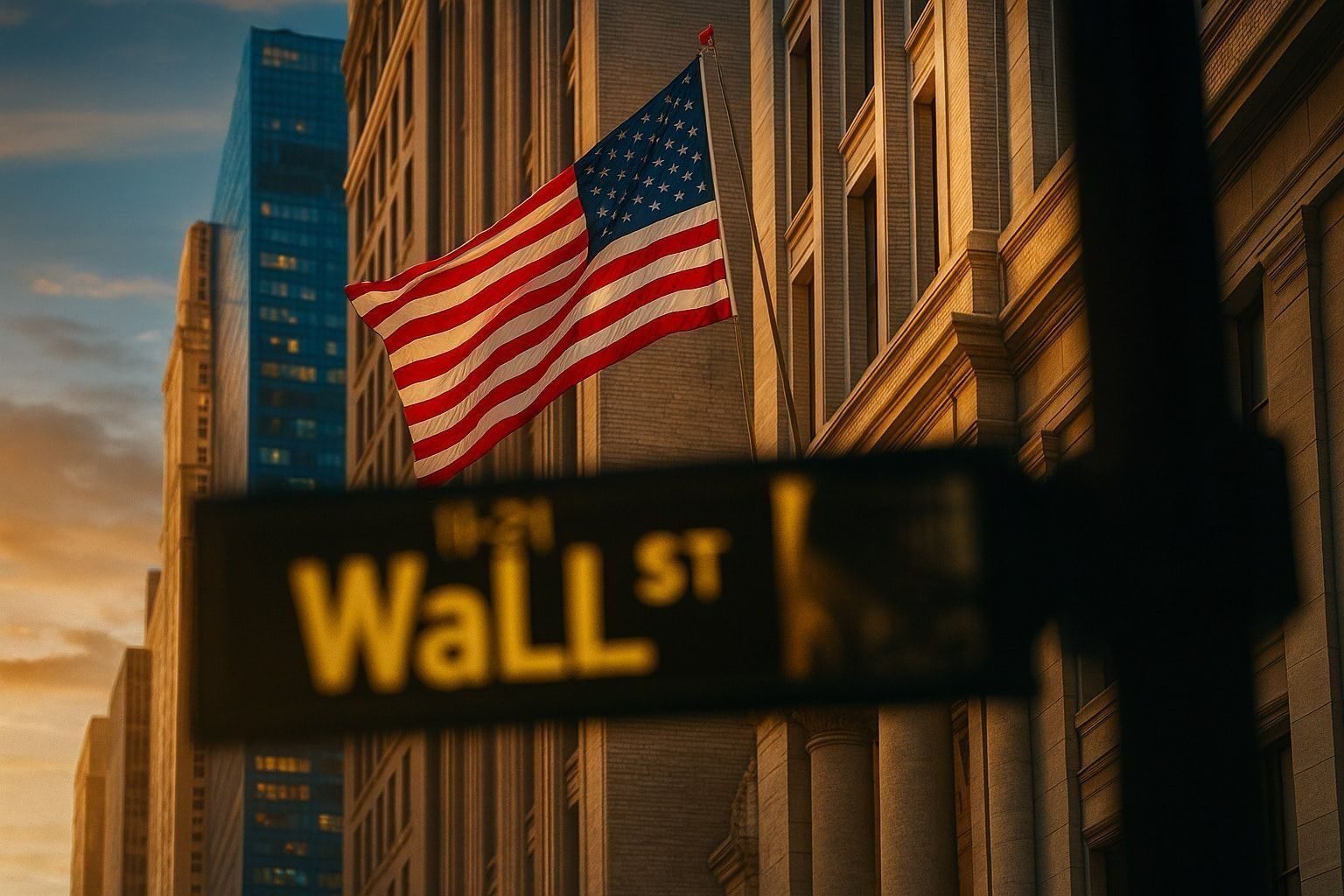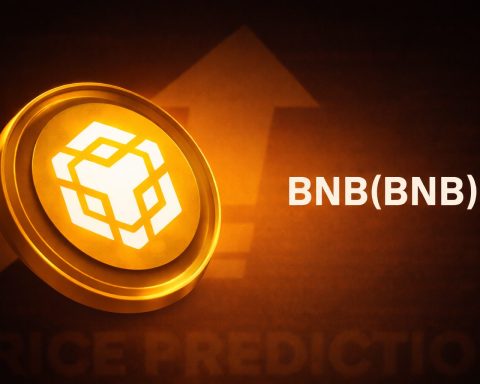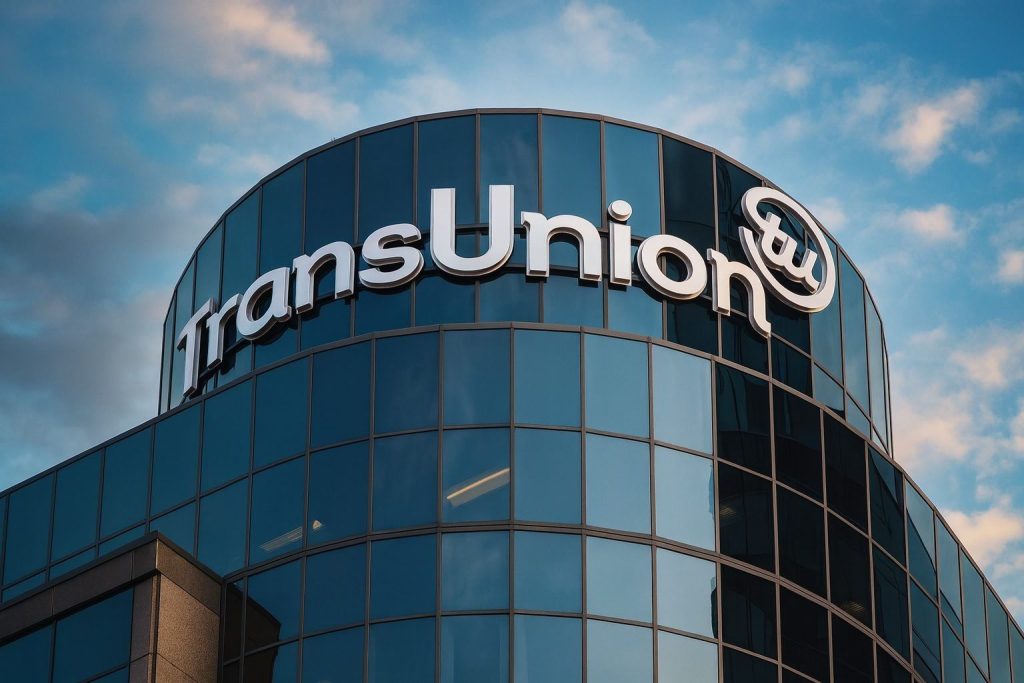U.S. stocks kicked off the Thanksgiving‑shortened week with a powerful rebound on Monday, November 24, 2025. The S&P 500 jumped at the opening bell, riding a renewed wave of enthusiasm for artificial intelligence stocks and growing confidence that the Federal Reserve will cut interest rates again in December.
By the end of the session, the benchmark S&P 500 had climbed 1.5% (102.13 points) to 6,705.12, one of its strongest days since the summer and its second straight solid gain. The tech‑heavy Nasdaq Composite surged 2.7% to 22,872.01, while the Dow Jones Industrial Average added 0.4% to close at 46,448.27. [1]
The rally follows a choppy stretch for U.S. equities and leaves the S&P 500 up about 14% for the year, with the Nasdaq ahead roughly 18.4% and the Dow up 9.2%. [2]
Key S&P 500 Numbers for November 24, 2025
- S&P 500 today: +1.5% to 6,705.12 [3]
- Dow Jones Industrial Average: +0.4% to 46,448.27 [4]
- Nasdaq Composite: +2.7% to 22,872.01, its biggest daily gain since May [5]
- Russell 2000 (small caps): +1.9% to 2,414.28 [6]
- 10‑year U.S. Treasury yield: hovering around 4.0%–4.1%, slightly lower than Friday [7]
- Cboe Volatility Index (VIX): down about 2% to roughly 20, signaling easing fear after recent turbulence [8]
S&P 500 at the Open: Tech Leads a Strong Start
As trading opened on Wall Street on Monday, the S&P 500 immediately moved higher, up around 1% in early trade, while the Nasdaq climbed roughly 1.7% and the Dow added about 144 points, according to data cited by the Associated Press. [9]
Tech giants were responsible for much of that early momentum:
- Alphabet (GOOGL) was the standout, jumping more than 5% in early trade as investors continued to pile into the stock on excitement around its latest AI model, Gemini 3. [10]
- The AI rally extended to chipmakers and other growth names, setting the tone for a risk‑on session and helping the S&P 500 quickly break higher from last week’s lows. [11]
The strong open came after a volatile period in which markets swung sharply on tariff headlines, a prolonged U.S. government shutdown, and worries that the AI trade had become a bubble. Monday’s tone was very different: traders leaned back into growth and AI‑linked stocks, betting that any economic cooling would be cushioned by lower rates.
Tech, AI and the “Magnificent Seven” Drive the S&P 500
By the closing bell, the story of the day was clear: big tech and AI were back in the driver’s seat.
According to multiple market summaries, the Nasdaq’s 2.7% jump was its biggest one‑day gain in about six months, while the S&P 500’s 1.5‑1.6% advance was heavily concentrated in large‑cap tech and semiconductor names. [12]
Notable moves inside the S&P 500 included: [13]
- Alphabet (GOOGL): up more than 6% to a fresh all‑time high, as investors cheered positive early reviews of its Gemini 3 AI model and praise from high‑profile tech leaders.
- Broadcom (AVGO): soaring over 11%, the best performer in the S&P 500 on the day, helped by its close ties to Alphabet’s AI infrastructure spending.
- Tesla (TSLA): gaining nearly 7% as CEO Elon Musk again highlighted the company’s in‑house AI chip ambitions, positioning Tesla as much as a robotics and AI play as an EV maker.
- Micron (MU) and Advanced Micro Devices (AMD): joining the rally, with chip stocks broadly higher and the Philadelphia Semiconductor Index up close to 5%.
This concentrated leadership from the so‑called “Magnificent Seven” – Alphabet, Amazon, Apple, Meta, Microsoft, Nvidia, and Tesla – extended a trend seen throughout the year. Research from LPL Financial shows this group delivered roughly half of the S&P 500’s 15–16% third‑quarter earnings growth, underlining how much mega‑cap tech continues to dominate index‑level profit expansion. [14]
At the same time, the AI boom has drawn growing concern about stretched valuations and bubble‑like behavior. Monday’s action suggested investors are still willing to “buy the dip” in AI leaders after sharp pullbacks earlier in November. [15]
Fed Rate-Cut Hopes: Markets Now See a December Move as Likely
If AI was the spark, Federal Reserve expectations were the fuel behind Monday’s S&P 500 rally.
Recent speeches from Fed officials, including Governor Christopher Waller and New York Fed President John Williams, have been interpreted as supportive of another 25‑basis‑point cut at the December meeting, especially as delayed post‑shutdown data show a softening labor market and inflation that is elevated but not accelerating. [16]
As of Monday:
- CME FedWatch futures implied roughly a 75–85% chance of a December rate cut, up from about 40% just a week earlier. [17]
- Traders increasingly framed any near‑term weakness in stocks as a potential buying opportunity ahead of lower borrowing costs in 2026.
Rate‑sensitive areas of the market responded:
- Long‑term Treasury yields edged lower, with the 10‑year note around 4.0–4.04%, down slightly from last week’s range. [18]
- The U.S. dollar index hovered near the 100 level, while Bitcoin traded in the high‑$80,000s after a volatile week of wide price swings. [19]
Strategists warn, however, that rate cuts are not a cure‑all: while they lower financing costs, they can also signal slower growth ahead. For now, the S&P 500’s jump suggests investors are focusing more on the supportive side of easier policy than on recession risk.
Earnings and Fundamentals: Corporate America Clears a High Bar
Underneath the day‑to‑day volatility, earnings continue to provide a solid backbone for the S&P 500.
Third‑quarter reporting season is nearly complete, and the numbers are striking: [20]
- Around 95% of S&P 500 companies have reported.
- Roughly 82–83% have beaten earnings expectations, one of the best beat rates in the data set.
- Earnings per share (EPS) growth is tracking above 13–15%, well ahead of the high‑single‑digit growth analysts expected at the start of the quarter.
- Revenue growth is robust as well, with S&P 500 sales up about 8.4%, roughly 2.5 percentage points above pre‑season forecasts.
Technology, financials and utilities led earnings growth, while technology, healthcare and communication services posted the fastest revenue gains. Profit margins have expanded to record territory despite higher tariffs and cost pressures, helped by productivity improvements and careful cost management. [21]
This earnings backdrop is one reason why major institutions are turning more optimistic on the S&P 500’s longer‑term path. Deutsche Bank, for example, now projects the index could reach 8,000 by the end of 2026, implying about 21% upside from last week’s close, with earnings per share rising to $320 and AI‑driven capital spending playing a central role. HSBC forecasts a slightly lower but still bullish 7,500 target for 2026, while Morgan Stanley sees 7,800. [22]
Breadth, Small Caps and Risk Appetite
Monday’s rally was not just about mega‑caps. There were signs of improving market breadth, an encouraging development after weeks when only a handful of AI leaders were carrying the index. [23]
- The Russell 2000, a proxy for smaller domestic companies, gained 1.9%, outpacing the Dow and indicating that investors were willing to take more risk down the market‑cap spectrum. [24]
- Schwab estimates that about 41% of S&P 500 stocks are now trading above their 50‑day moving averages, up from around 30% at last week’s lows, though still below the long‑term average near 55%. [25]
Defensive sectors such as consumer staples underperformed as investors rotated into growth and cyclical exposure. Meanwhile, ETF flow data shows retail investors buying S&P 500 index funds into weakness last week, suggesting that individual investors were already positioning for a rebound before Monday’s move. [26]
Still, technical strategists caution that the S&P 500 only recently broke below its prior price channel and remains in a “delicate” technical spot despite the bounce. Their message: the long‑term uptrend is intact, but pockets of volatility are likely to persist, and sharp swings—both up and down—should be expected. [27]
Index News: SanDisk Set to Join the S&P 500
Beyond price action, index composition is also in motion, with implications for S&P 500 investors and passive funds.
On Monday, S&P Dow Jones Indices announced that SanDisk Corp. (SNDK) will be added to the S&P 500, replacing Interpublic Group (IPG). The change will take effect before the open on Friday, November 28, as Omnicom Group completes its acquisition of Interpublic. [28]
At the same time:
- SanDisk will be removed from the S&P SmallCap 600, where it will be replaced by PTC Therapeutics (PTCT).
- Upwork (UPWK) will replace Premier (PINC) in the SmallCap 600 as Premier is acquired by private equity.
- First Interstate BancSystem (FIBK) will join the SmallCap 600 on December 2, replacing Hanesbrands (HBI)following its planned acquisition by Gildan Activewear. [29]
These moves typically trigger trading flows from index funds and ETFs that track the S&P benchmarks, often boosting the stocks being added and weighing on those being removed as managers rebalance portfolios.
What to Watch Next This Week
With Monday’s pop in the rearview mirror, investors now face several key catalysts that could shape the next leg for the S&P 500: [30]
- Economic data catch‑up: After the government shutdown delayed releases, markets are digesting a backlog of reports on retail sales, producer prices, employment and housing. Evidence of a slowing economy without a sharp downturn would reinforce the “soft landing” narrative that equities are currently pricing in.
- Inflation readings: Wholesale and consumer price data in the coming days will heavily influence whether the Fed feels comfortable delivering a third rate cut this year at its December meeting.
- Holiday‑week liquidity: U.S. markets will be closed Thursday for Thanksgiving and will close early on Friday, historically a period of lighter volume and potentially exaggerated moves.
- AI and tech headlines: After Monday’s surge, any new news on AI regulation, chip export controls, or major product launches could quickly sway sentiment in the S&P 500’s biggest weights.
Takeaways for S&P 500 Investors
Putting it all together, here are the main messages from today’s action:
- The S&P 500 today is rebounding strongly after a rocky November, with a 1.5% gain on November 24 driven largely by big tech and AI optimism. [31]
- Fed expectations are pivotal: markets are now heavily pricing in a December rate cut, and stocks are trading as if easier policy will extend the cycle rather than end it. [32]
- Fundamentals are still supportive: earnings and revenue growth are beating expectations, margins are expanding and longer‑term forecasts for S&P 500 profits keep drifting higher. [33]
- Risks remain: AI valuations, geopolitical tensions, tariff uncertainty and the possibility that inflation proves stickier than hoped all hang over the rally. Strategists continue to describe the recent correction as “healthy,” but not necessarily finished. [34]
Important Note
This article is for informational and news purposes only and does not constitute investment advice, a recommendation to buy or sell any security, or a guarantee of future performance. Always consider your own financial situation or consult a qualified adviser before making investment decisions.
References
1. apnews.com, 2. apnews.com, 3. apnews.com, 4. apnews.com, 5. apnews.com, 6. apnews.com, 7. www.schwab.com, 8. www.schwab.com, 9. timesofindia.indiatimes.com, 10. timesofindia.indiatimes.com, 11. www.ft.com, 12. www.ft.com, 13. www.ft.com, 14. www.hackmanfinancial.com, 15. www.investopedia.com, 16. www.reuters.com, 17. www.reuters.com, 18. www.schwab.com, 19. www.schwab.com, 20. www.reuters.com, 21. www.hackmanfinancial.com, 22. www.reuters.com, 23. www.schwab.com, 24. apnews.com, 25. www.schwab.com, 26. www.investopedia.com, 27. www.hackmanfinancial.com, 28. press.spglobal.com, 29. press.spglobal.com, 30. www.schwab.com, 31. apnews.com, 32. www.reuters.com, 33. www.hackmanfinancial.com, 34. www.hackmanfinancial.com







